The King
The king may move one square in any direction so long as the move does not leave the moving side in check and the destination square is not occupied by a friendly piece. One exception to these rules is the castling rule.

The Queen
The queen may slide any number of squares in any direction but may not jump pieces. The destination square must be empty or occupied by an opposing piece. The move must not leave the moving side in check.
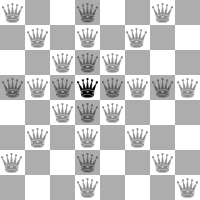
The Rook
The rook may slide any number of squares either horizontally or vertically but may not jump pieces. The destination square must be empty or occupied by an opposing piece. The move must not leave the moving side in check.
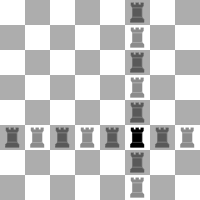
The Bishop
The bishop may slide any number of squares in a diagonal direction but may not jump pieces. The destination square must be empty or occupied by an opposing piece. The move must not leave the moving side in check.
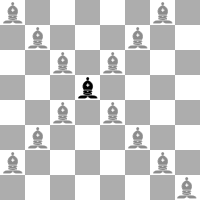
The Knight
The knight makes L-shaped moves formed of a combination of a two square move and a one square move. The knight may jump pieces but the destination square must be empty or occupied by an opposing piece. The move must not leave the moving side in check.
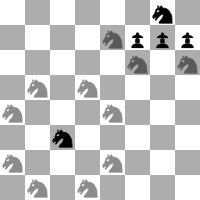
The Pawn
The pawn may move one square forward so long as the destination square is empty. The pawn may move two squares on its first move so long as both of the two squares in front of the originating square are empty. The pawn can only capture an opposing piece that is one square diagonally in front of the pawn. The move must not leave the moving side in check. One exception to these rules is the en passant rule.
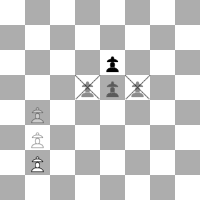
Post a link
Add link to a message or forum post by using [help]faq[/help] as shown next to each question.
 How the King Moves
How the King Moves